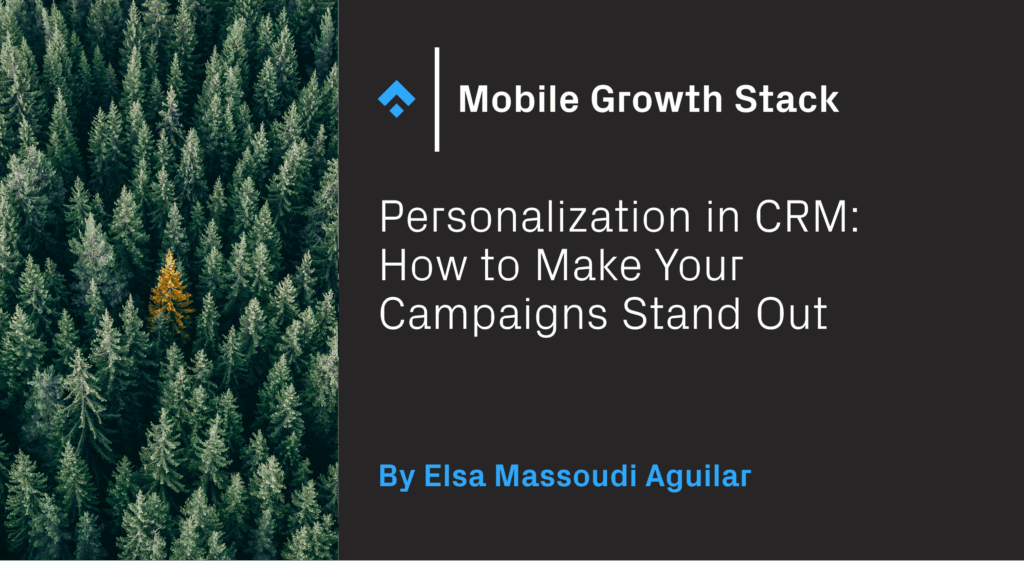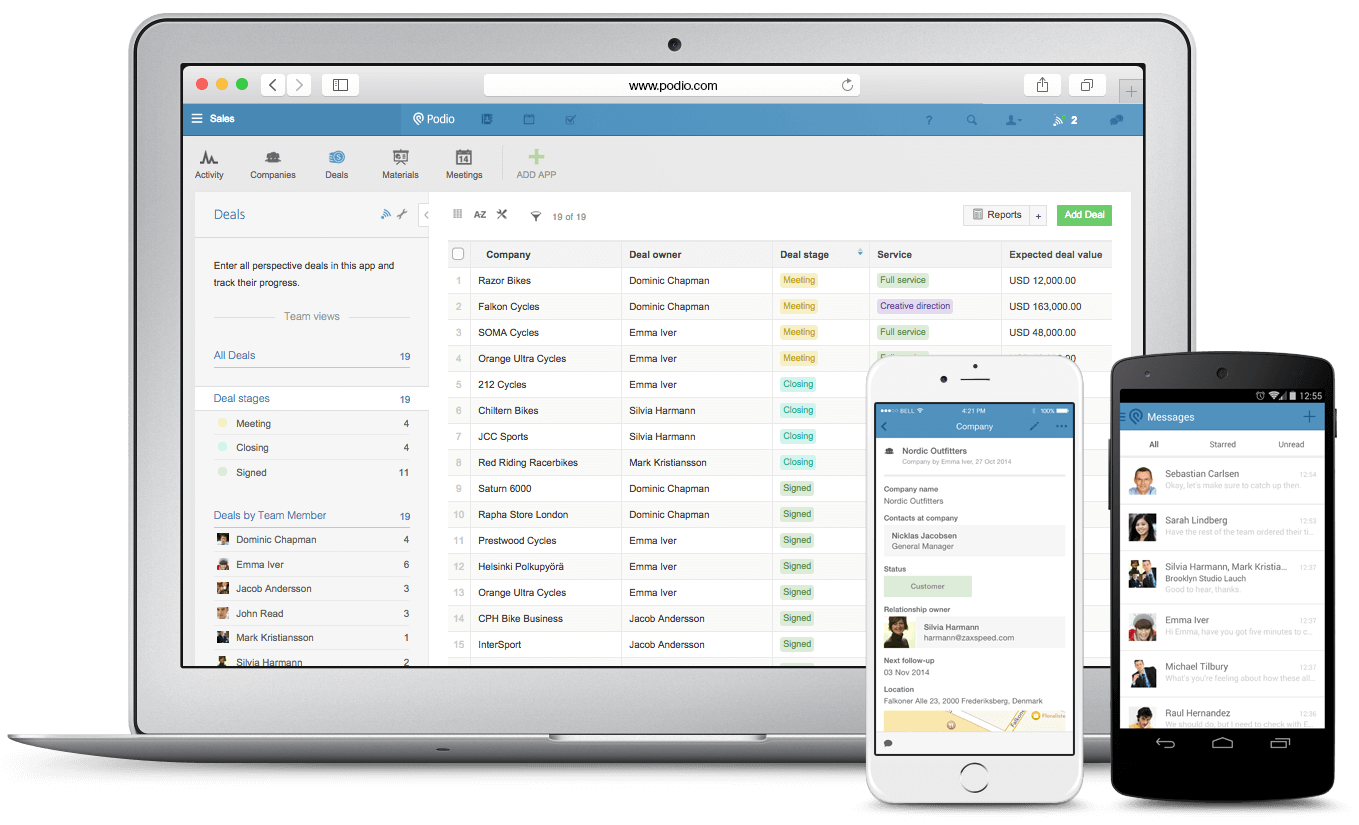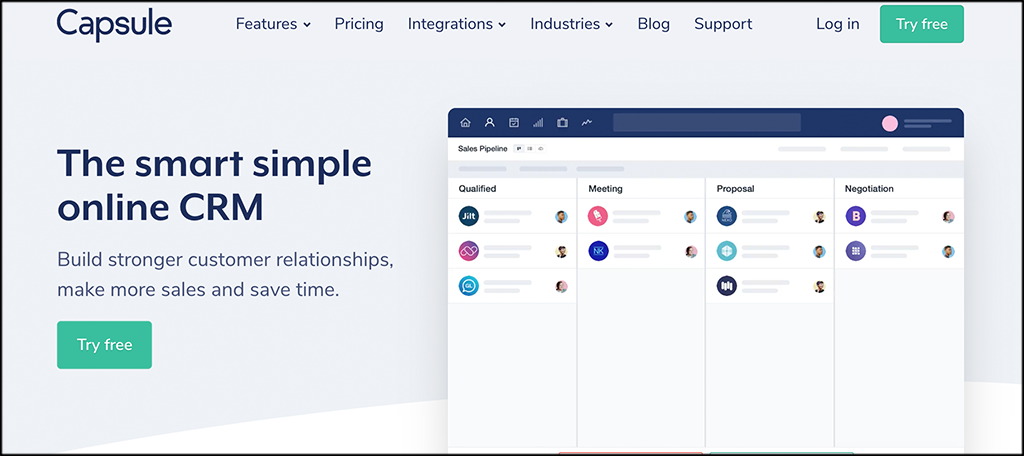
Supercharge Your Marketing: The Ultimate Guide to CRM Marketing Personalization
In today’s hyper-competitive business landscape, standing out from the crowd is more crucial than ever. Consumers are bombarded with marketing messages daily, and generic, one-size-fits-all campaigns simply don’t cut it anymore. This is where the power of CRM marketing personalization comes into play. By tailoring your marketing efforts to individual customer preferences and behaviors, you can create more meaningful connections, drive engagement, and ultimately, boost your bottom line. This comprehensive guide will delve deep into the world of CRM marketing personalization, providing you with the knowledge and strategies you need to succeed.
What is CRM Marketing Personalization?
At its core, CRM (Customer Relationship Management) marketing personalization is the practice of using customer data to deliver highly relevant and tailored marketing experiences. It goes beyond simply addressing a customer by their name; it involves understanding their individual needs, preferences, and behaviors to create personalized content, offers, and interactions. This approach allows businesses to move away from generic mass marketing and towards a more customer-centric strategy.
Think of it like this: Imagine walking into a clothing store. Would you prefer a salesperson who shows you every item in the store, or one who asks about your style, size, and preferences, and then guides you to the perfect outfit? CRM marketing personalization is like the latter. It’s about building relationships and providing value by understanding each customer’s unique journey.
Why is CRM Marketing Personalization Important?
The benefits of CRM marketing personalization are numerous and far-reaching. Here are some of the key advantages:
- Increased Engagement: Personalized content is more likely to capture a customer’s attention and encourage interaction.
- Higher Conversion Rates: Tailored offers and recommendations are more likely to resonate with individual customers, leading to increased sales and conversions.
- Improved Customer Loyalty: When customers feel understood and valued, they are more likely to remain loyal to your brand.
- Enhanced Customer Experience: Personalization creates a more seamless and enjoyable customer journey, leading to higher satisfaction levels.
- Reduced Marketing Costs: By targeting the right customers with the right messages, you can reduce wasted ad spend and improve your ROI.
- Better Data Insights: Personalization provides valuable data on customer preferences and behaviors, enabling you to refine your marketing strategies.
In essence, CRM marketing personalization is a win-win for both businesses and customers. It creates a more relevant and valuable experience for the customer while driving better results for the business.
Key Components of CRM Marketing Personalization
To effectively implement CRM marketing personalization, you need to understand the key components that make it work:
1. Customer Data Collection
The foundation of personalization is data. You need to collect comprehensive data about your customers to understand their needs and preferences. This data can come from various sources, including:
- CRM System: This is your central hub for customer data, including contact information, purchase history, and interactions.
- Website Analytics: Track website activity, such as pages visited, products viewed, and time spent on site.
- Social Media: Monitor social media activity to understand customer interests and sentiment.
- Email Marketing: Analyze email open rates, click-through rates, and other engagement metrics.
- Surveys and Feedback Forms: Gather direct feedback from customers to understand their needs and preferences.
- Customer Service Interactions: Capture information from customer service interactions, such as complaints, inquiries, and support requests.
The more data you collect, the better you can understand your customers and personalize their experiences. However, it’s crucial to prioritize data privacy and security and comply with all relevant regulations.
2. Customer Segmentation
Once you’ve collected customer data, the next step is to segment your audience. Customer segmentation involves dividing your customers into groups based on shared characteristics, such as demographics, purchase history, behavior, and interests. This allows you to create more targeted and relevant marketing campaigns.
Common segmentation methods include:
- Demographic Segmentation: Grouping customers based on age, gender, location, income, and other demographic factors.
- Behavioral Segmentation: Grouping customers based on their online activity, purchase history, and engagement with your brand.
- Psychographic Segmentation: Grouping customers based on their values, interests, lifestyles, and attitudes.
- RFM Segmentation: This method analyzes Recency (how recently a customer made a purchase), Frequency (how often they purchase), and Monetary Value (how much they spend) to identify high-value customers.
The more specific your segments, the more effective your personalization efforts will be. However, avoid creating too many segments, as this can make it difficult to manage your campaigns.
3. Personalized Content and Offers
With your customer segments defined, you can now create personalized content and offers that resonate with each group. This includes:
- Personalized Email Marketing: Send targeted emails based on customer behavior, purchase history, and interests.
- Website Personalization: Customize website content, product recommendations, and calls to action based on customer data.
- Personalized Advertising: Use targeted advertising platforms to deliver relevant ads to specific customer segments.
- Personalized Product Recommendations: Suggest products that customers are likely to be interested in based on their past purchases and browsing history.
- Personalized Customer Service: Provide personalized support based on customer history and needs.
The key is to deliver the right message to the right customer at the right time. This requires careful planning and execution, but the rewards are well worth the effort.
4. Automation and Technology
CRM marketing personalization relies heavily on automation and technology. You need the right tools to collect, analyze, and act on customer data. This includes:
- CRM Software: Your CRM system is the central hub for managing customer data and personalizing interactions.
- Marketing Automation Platforms: These platforms automate marketing tasks, such as email campaigns, lead nurturing, and website personalization.
- Data Analytics Tools: Use data analytics tools to analyze customer data, identify trends, and measure the effectiveness of your campaigns.
- Personalization Engines: These engines use artificial intelligence (AI) and machine learning (ML) to personalize content, offers, and recommendations in real-time.
Investing in the right technology is crucial for scaling your personalization efforts and achieving maximum impact.
5. Testing and Optimization
Personalization is an ongoing process. You need to continuously test and optimize your campaigns to ensure they are effective. This includes:
- A/B Testing: Test different versions of your content, offers, and calls to action to see what resonates best with your audience.
- Analytics and Reporting: Track key metrics, such as open rates, click-through rates, conversion rates, and customer satisfaction, to measure the performance of your campaigns.
- Iterative Improvements: Use data and feedback to make continuous improvements to your personalization strategies.
By continuously testing and optimizing, you can refine your personalization efforts and maximize your results.
Best Practices for CRM Marketing Personalization
Implementing CRM marketing personalization effectively requires careful planning and execution. Here are some best practices to keep in mind:
- Start with a Clear Strategy: Define your goals, target audience, and key performance indicators (KPIs) before you start.
- Focus on the Customer: Always put the customer first and focus on providing value.
- Collect High-Quality Data: Ensure your data is accurate, complete, and up-to-date.
- Segment Your Audience Effectively: Create relevant segments based on shared characteristics.
- Personalize Across All Channels: Integrate personalization across your website, email, social media, and other channels.
- Use Automation Wisely: Automate repetitive tasks to save time and improve efficiency.
- Test and Optimize Continuously: Regularly test and refine your campaigns to maximize their effectiveness.
- Respect Customer Privacy: Always comply with data privacy regulations and be transparent about how you use customer data.
- Be Consistent: Maintain a consistent brand voice and messaging across all channels.
- Get Feedback: Ask for customer feedback to understand their needs and preferences.
By following these best practices, you can create a successful CRM marketing personalization strategy that drives engagement, conversions, and customer loyalty.
Examples of CRM Marketing Personalization in Action
To illustrate the power of CRM marketing personalization, let’s look at some real-world examples:
- Amazon: Amazon is a master of personalization. They use customer data to recommend products, personalize website content, and send targeted emails based on purchase history and browsing activity.
- Netflix: Netflix uses customer data to recommend movies and TV shows, personalize its homepage, and create targeted marketing campaigns.
- Spotify: Spotify uses customer data to create personalized playlists, recommend artists, and send targeted emails based on listening habits.
- Sephora: Sephora uses customer data to personalize product recommendations, send targeted emails, and offer personalized beauty consultations.
- Etsy: Etsy personalizes its website and emails based on customer browsing behavior, favorite items, and purchase history.
These examples demonstrate how businesses across various industries are using CRM marketing personalization to create more engaging and effective marketing experiences.
Tools and Technologies for CRM Marketing Personalization
The right tools and technologies are essential for successful CRM marketing personalization. Here are some of the leading solutions in the market:
- CRM Systems:
- Salesforce
- HubSpot CRM
- Zoho CRM
- Microsoft Dynamics 365
- Marketing Automation Platforms:
- Marketo
- Pardot
- ActiveCampaign
- Mailchimp
- Personalization Engines:
- Dynamic Yield
- Optimizely
- Adobe Target
- Data Analytics Tools:
- Google Analytics
- Tableau
- Power BI
Choosing the right tools depends on your specific needs and budget. Consider your business size, industry, and marketing goals when evaluating different solutions.
Challenges of CRM Marketing Personalization
While CRM marketing personalization offers numerous benefits, it also presents some challenges:
- Data Privacy and Security: Protecting customer data is paramount. You must comply with data privacy regulations, such as GDPR and CCPA, and implement robust security measures.
- Data Quality: Inaccurate or incomplete data can lead to ineffective personalization. You need to ensure your data is clean, accurate, and up-to-date.
- Complexity: Implementing personalization can be complex, requiring specialized skills and resources.
- Integration: Integrating different systems and tools can be challenging.
- Measurement: Measuring the ROI of personalization can be difficult.
- Resource Allocation: Personalization requires dedicated time and resources to manage.
By being aware of these challenges, you can proactively address them and minimize their impact.
The Future of CRM Marketing Personalization
The future of CRM marketing personalization is bright. As technology continues to evolve, we can expect to see even more sophisticated and effective personalization strategies. Key trends to watch include:
- Artificial Intelligence (AI): AI will play an increasingly important role in automating personalization, predicting customer behavior, and creating more relevant experiences.
- Machine Learning (ML): ML will be used to analyze vast amounts of data, identify patterns, and personalize content and offers in real-time.
- Hyper-Personalization: Businesses will move towards hyper-personalization, tailoring experiences to the individual needs and preferences of each customer.
- Cross-Channel Personalization: Businesses will integrate personalization across all channels, creating a seamless customer experience.
- Privacy-Focused Personalization: Businesses will prioritize data privacy and transparency, building trust with customers.
The key to success in the future of CRM marketing personalization will be to embrace these trends and continuously innovate.
Conclusion: Embracing the Power of CRM Marketing Personalization
CRM marketing personalization is no longer a luxury; it’s a necessity for businesses that want to thrive in today’s competitive landscape. By understanding your customers, collecting and analyzing data, and creating personalized experiences, you can build stronger relationships, drive engagement, and boost your bottom line.
This guide has provided you with a comprehensive overview of CRM marketing personalization, including its benefits, key components, best practices, and future trends. By implementing the strategies outlined in this guide, you can unlock the full potential of personalization and create a more customer-centric marketing strategy.
So, take the first step today. Invest in the right tools, develop a clear strategy, and start personalizing your marketing efforts. Your customers will thank you for it, and your business will reap the rewards.

